
Web services have been at the core of modern application architectures for many years. Regardless of what language or platform a developer is using, grasping how web services work and how to implement them are critical skills. In this course, instructor Kesha Williams steps through how to work with several popular technologies to build web services. Kesha begins by laying the groundwork for the course, explaining what web services are and the benefits they provide. She then offers a comparison of several popular web service technologies—REST, SOAP, and GraphQL—describing each technology's messaging formats in detail, along with examples of coding in several languages using a variety of server- and client-based implementations. Plus, get coding excerpts in Java, Python, and Swift.
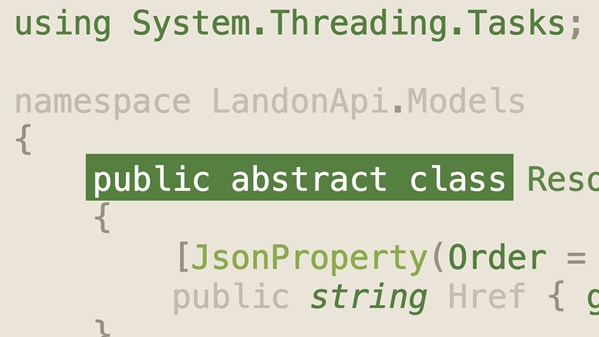
Most people have heard of RESTful APIs, but the underlying concept—representational state transfer (REST)—still causes confusion. REST is all about modeling resources that change. RESTful APIs use REST architecture along with HTTP requests to transfer data and changes in application state between clients and servers. This course breaks down the principles of RESTful design and show how to build secure RESTful APIs on top of ASP.NET Core. Nate Barbettini answers questions such as: What is RESTful design? How do you perform RESTful routing? How can you build reusable classes to represent resources? What role does caching play? And how do you secure RESTful APIs? He also covers topics such as data modeling, hypermedia relationships, and authentication and authorization. By the end of the course, you should know the basics—how to properly request and return data in ASP.NET Core—and the best practices for building secure and scalable APIs to serve web clients, mobile clients, and beyond.
Topics include:
- What is RESTful design?
- Building a new API with ASP.NET Core
- Using HTTP methods
- Returning JSON
- Creating RESTful routing with templates
- Versioning
- Securing RESTful APIs with HTTPS
- Representing resources
- Representing links
- Representing collections
- Sorting and searching collections
- Building forms
- Adding caching to an ASP.NET Core API
- Configuring user authentication and authorization
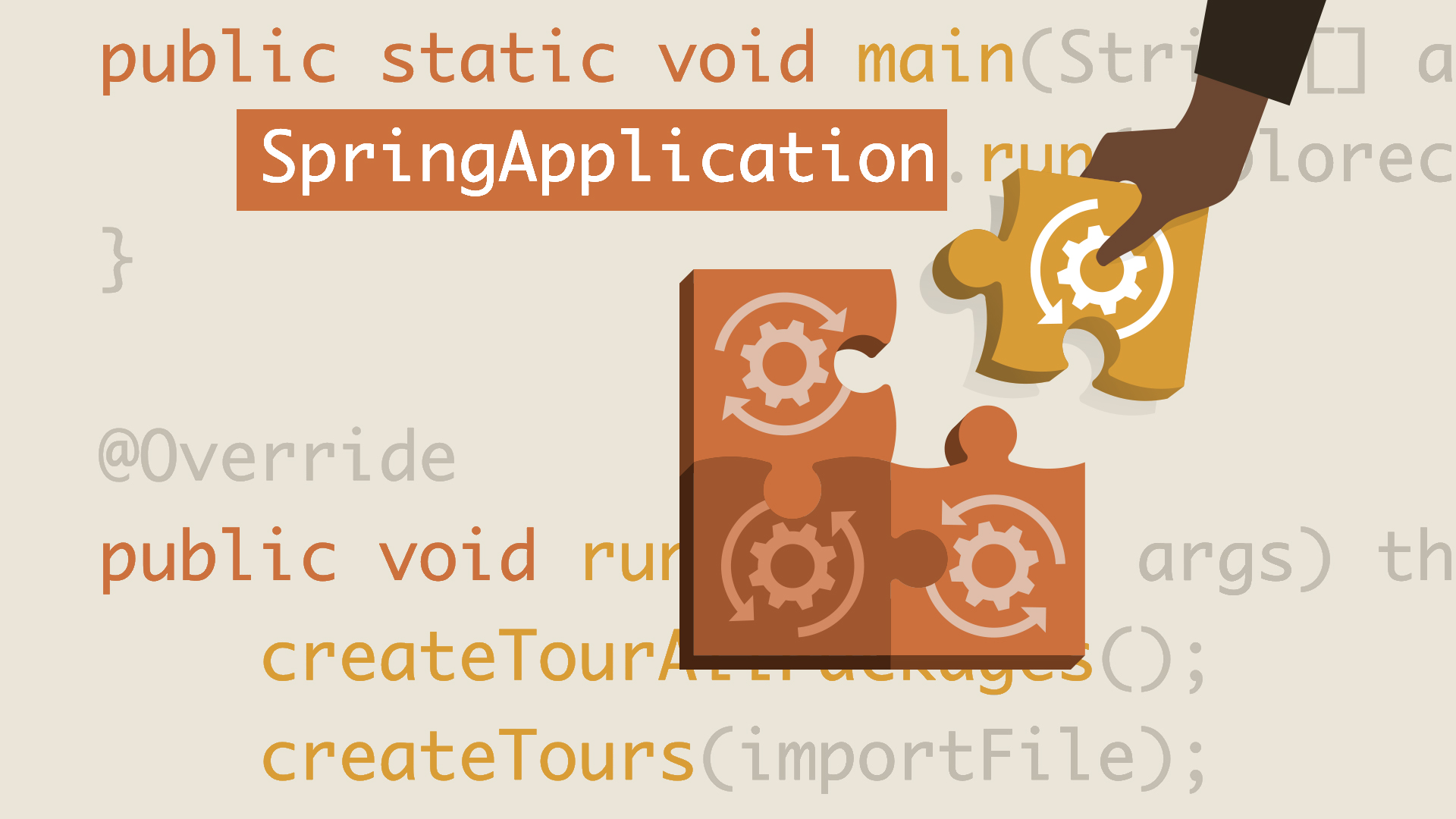
Turbocharge your back-end Java RESTful API development with Spring Boot and Spring Data technologies. This course is intended for experienced Java developers who want to rapidly build microservices that connect with relational databases via the Java Persistence API (JPA). Here, Mary Ellen Bowman walks you through a step-by-step process for building a microservice with an exposed RESTful API featuring HATEOAS, paging, and sorting. Learn about technologies such as Spring Boot, Spring Data JPA, and Spring Data REST, and see how they all come together into smart and elegant solutions. To wrap up, Mary Ellen guides developers in migrating a microservice to a MongoDB data source.
Deze cursus is enkel beschikbaar in het Engels. Als dit voor u geen probleem vormt, dien dan gerust uw aanvraag in.
Deze cursus is enkel beschikbaar in het Frans. Als dit voor u geen probleem vormt, dien dan gerust uw aanvraag in.
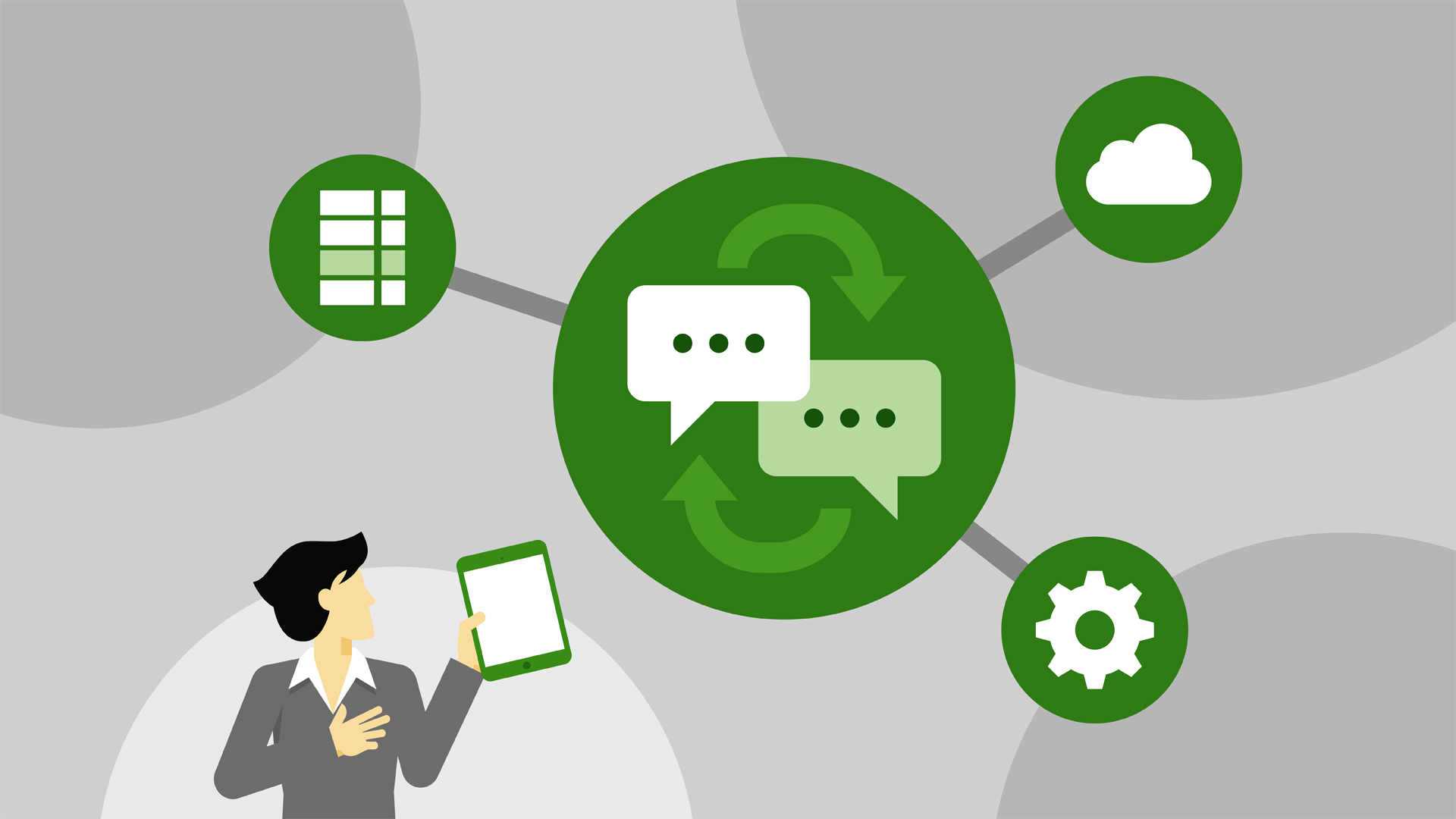
Having a solid understanding of how to correctly build APIs is important for any developer planning on creating websites. In this course, learn how to plan and model your own APIs, and explore the six REST design constraints that help guide your architecture. Keith Casey starts with a simple overview, including advice on identifying the users or "participants" of your system, and the activities they might perform with it. He discusses how to validate your design before you build it, and explores the HTTP concepts and REST constraints needed to build your API. To wrap up, Keith goes over some of the most common API design patterns you may encounter.
Topics include:
- Approaches to adding an API
- Modeling tips
- Identifying activities and breaking them into steps
- Mapping activities to verbs and actions
- Creating and grouping API methods
- Validating your API
- HTTP headers and response codes
- Common design challenges
- Versioning best practices
- Hypermedia and documentation approaches
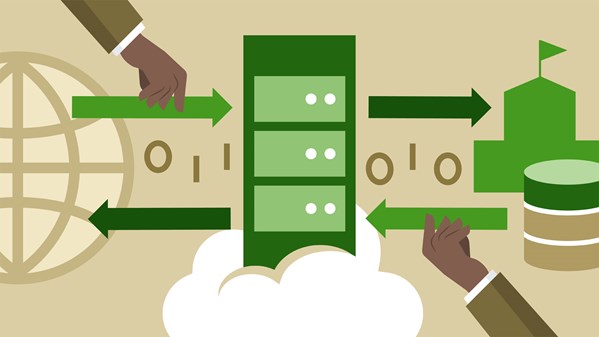
Learn the basics of REST APIs. In this course, discover what REST APIs are, why they matter, and how putting them to use can help you build faster, more efficient applications. Review how HTTP and REST APIs relate, explore the six constraints of REST, and learn about HTTP status messages. Learn how to get started with consuming REST APIs to incorporate them into data-driven applications.
Topics include:
- What is a REST API?
- Who or what interacts with REST APIs?
- Anatomy of a REST request
- HTTP status messages
- Request/response pairs
- GET, POST, and DELETE
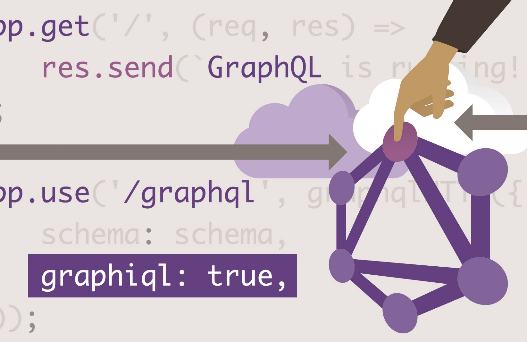
Why use GraphQL over REST APIs? GraphQL is better at querying multiple databases, offers an easy-to-learn syntax, and allows you to retrieve only the data you need. Learn when you should migrate from REST to GraphQL, and how to convert your REST API add, update, and delete operations into GraphQL mutations. Instructor Emmanuel Henri also explains how to build simple, useful queries; use arguments, fragments, and aliases in queries; and perform operations using GraphQL.
Learning Objectives:
- Setting up GraphQL
- Creating the initial schema and type
- Setting up simple queries
- Leveraging arguments and aliases
- Reading, updating, adding, and deleting items with GraphQL
- Posting data with mutations
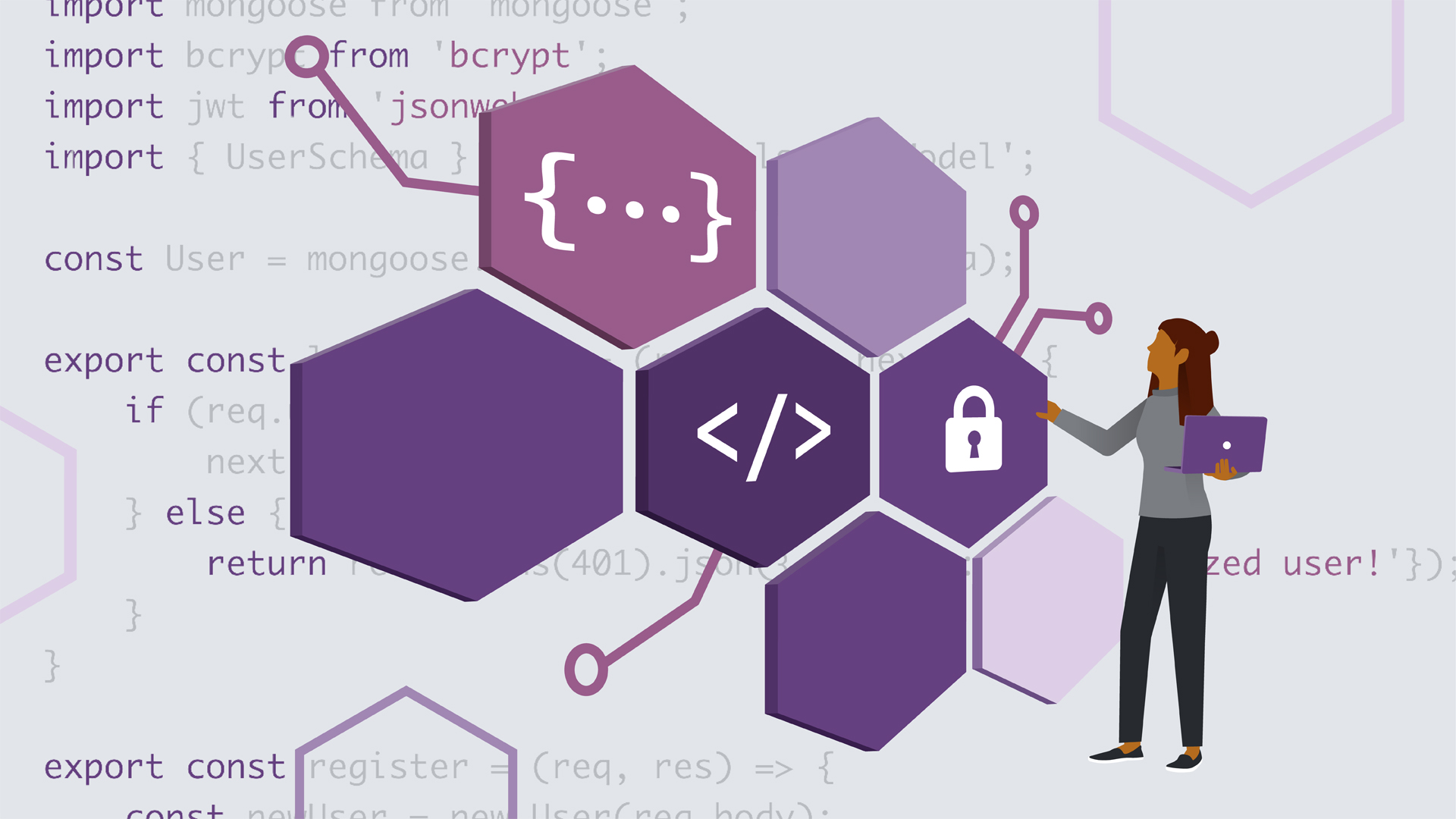
APIs are a crucial business driver for delivering data to your applications. In this course, learn about various options for securing your RESTful API that can help you keep your application data—and your users—safe. Instructor Emmanuel Henri begins the course with an overview of top security threats and an introduction to the Open Web Application Security Project (OWASP), an important resource on security. He then steps through how to set up and secure a Node and Express API, including how to add handlers for registration and login, finalize secured endpoints, and test your finalized API. To wrap up, he shares a few alternatives for securing APIs.
Topics include:
-
Open Web Application Security Project (OWASP)
- Reasons for using a JSON Web Token (JWT)
- Adding bcrypt password hashing
- Adding handlers for registration and login
- Finalizing secured endpoints
- Testing APIs with Postman
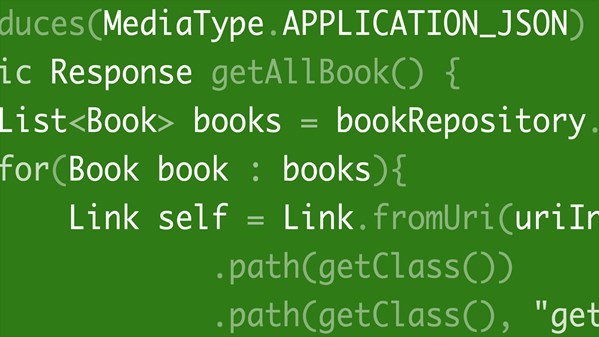
The ability to successfully build a RESTful web service is an essential skill in today's Internet-dominated industry. In this course, learn how to develop a RESTful client and server application using the Java Enterprise Edition implementation of the REST architectural style, JAX-RS API 2.0. This powerful and fully-featured API enshrines industry best practices as it integrates seamlessly with other essential APIs such as Bean Validation and JSON Processing.
Join Alex Theedom as he guides you through a wide range of topics, including how to define resource endpoints, how to add dynamism to your application with hypermedia, how to maintain data integrity with Bean Validation, and how to process messages with the JSON Processing API. Once you have completed this course, you'll be ready to develop your own client and server RESTful APIs.
Topics include:
- Discover the extent of JAX-RS's features
- Use the annotation methodology
- Use the inheritance methodology
- Define a REST contract and API root
- Create the REST resource entity
- Create the REST resource methods
- Understand consumers and producers
- Work with different media types
- Define and work with path parameters
- Build a REST response and handle exceptions
- Implement Bean Validation and manage failures
- Create a RESTful client that consumes the web service
- Use JSON-P API with the REST client
- Implement hypermedia (HATEOAS)
